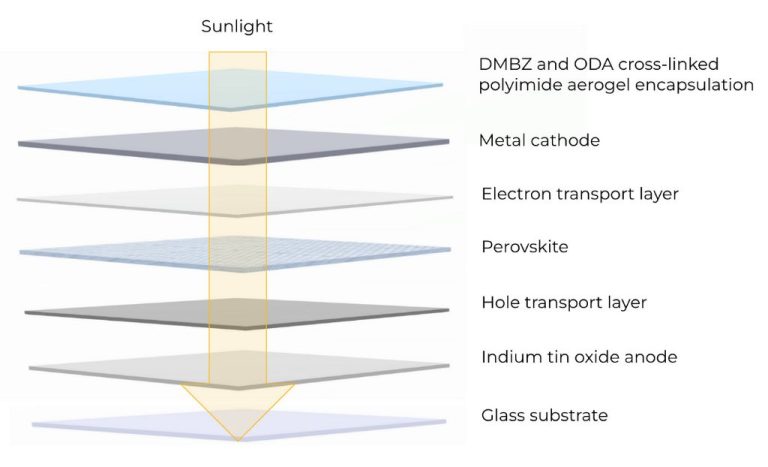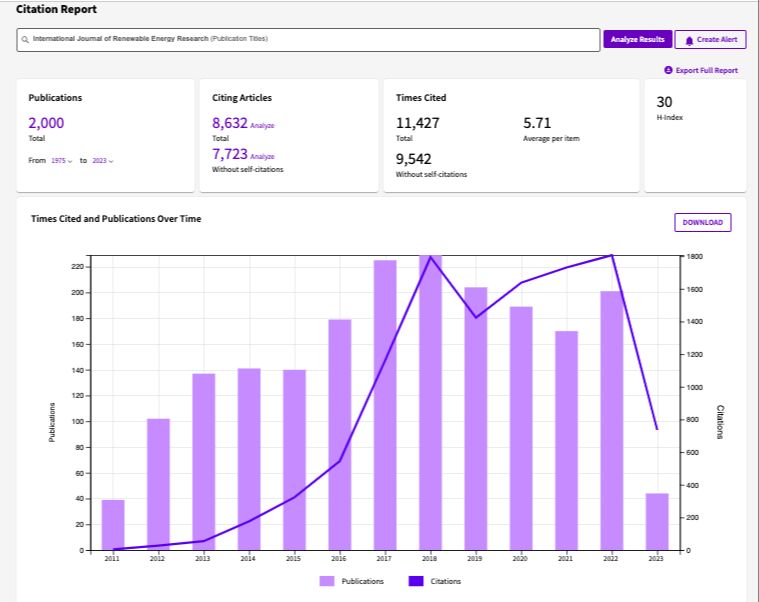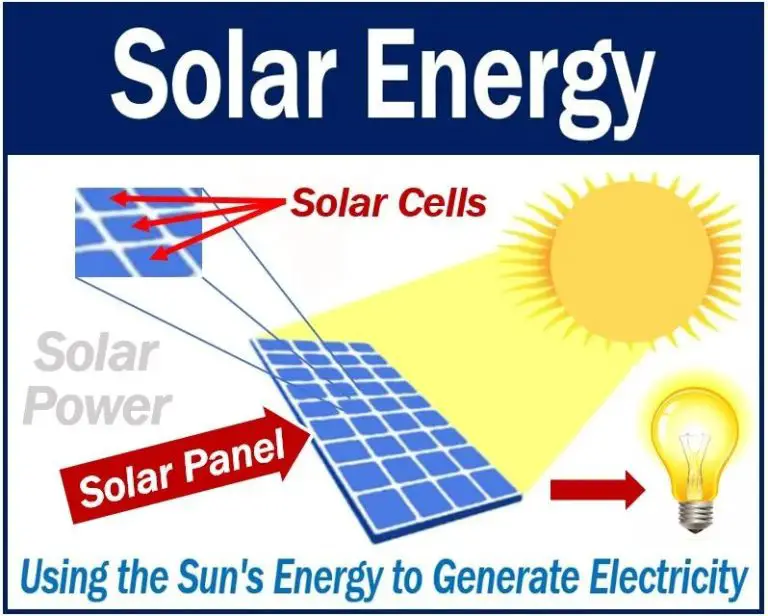Is Solar Energy Plentiful Or Scarce?

Solar energy refers to the energy emitted by the sun in the form of electromagnetic radiation. Understanding whether solar energy is plentiful or scarce on Earth is important as solar energy has emerged as a promising renewable energy source that can potentially reduce reliance on finite fossil fuels. With climate change and pollution threatening the environment, determining whether we can viably scale solar power globally can inform sustainable energy policies and planning.
The sun bombards the Earth with enormous amounts of energy – approximately 173,000 terawatts according to the National Renewable Energy Laboratory (https://www.nrel.gov/docs/fy04osti/35297.pdf). The sun’s energy drives the weather, ocean currents, photosynthesis, and represents the Earth’s primary energy input. With total global energy consumption around 18 TW annually, the sun’s energy reaching the Earth far exceeds humanity’s needs. Yet key questions remain – how much solar energy is practically available for human use? Can solar power realistically provide a substantial share of global energy needs? Understanding solar energy’s potential availability and scalability on Earth is crucial.
The Sun’s Energy Output
The Sun produces an enormous amount of energy through nuclear fusion reactions in its core. According to NASA, the total power output of the Sun is approximately 3.8 x 1026 watts [1]. This is the total amount of energy the Sun releases every second through radiation. Although this is an incredible amount of energy, only a tiny fraction of it actually reaches Earth.
NASA estimates that the amount of solar energy that reaches Earth’s atmosphere is about 1,366 watts per square meter [2]. Spread across the planet, the total solar power hitting Earth is approximately 173,000 terawatts [3]. This massive amount of solar energy powers life on Earth and drives our climate and weather.
Global Solar Potential
The sun delivers an enormous amount of solar energy to the earth every day. According to the National Geographic, the sun bathes Earth with enough energy in one hour to satisfy the world’s energy needs for one year (https://education.nationalgeographic.org/resource/solar-energy/). However, the potential to harness solar energy depends on a variety of factors like latitude, climate, time of day, landscape and weather. According to Penn State University, approximately 89 petawatts of solar radiation reaches Earth’s surface annually, which is more than 10,000 times humanity’s annual energy needs (https://www.e-education.psu.edu/earth104/node/950).
While solar energy potential exists across the globe, the highest solar potential is found in the sunniest regions near the equator. Land areas receive between 2,000 and 3,000 hours of sunshine per year on average, with deserts and arid regions receiving the most intense sunlight. However, technological advances like solar tracking systems are enabling solar panels to collect more diffuse sunlight even in cloudier northern regions. Overall, there is enormous untapped potential for solar power across the globe that far exceeds current energy demand.
Current Global Solar Energy Use
According to the International Energy Agency (IEA), global solar photovoltaic (PV) generation reached almost 1,300 terawatt-hours (TWh) in 2022, an increase of 270 TWh or 26% from the previous year. Solar PV demonstrated the largest absolute generation growth of any renewable technology that year. (1) As of April 2022, the total global solar power capacity was over 1,000 gigawatts (GW). (2) At the end of 2020, the total installed capacity of solar PV worldwide was 710 GW. Approximately 125 GW of new solar PV capacity was added globally in 2020. (3)
Solar PV installations continue to expand rapidly around the world. The top countries for total installed solar PV capacity include China, United States, Japan, Germany, India, Italy, Australia, Spain, South Korea, and France. China has by far the most installed solar PV capacity. (2)
Sources:
(1) https://www.iea.org/energy-system/renewables/solar-pv
(2) https://en.wikipedia.org/wiki/Solar_power_by_country
(3) https://www.irena.org/Energy-Transition/Technology/Solar-energy
Growth of Solar Energy
According to the Solar Energy Industries Association (SEIA), the US solar market has grown dramatically over the past decade. In the first quarter of 2022, the US solar industry installed 5.2 gigawatts of solar capacity, bringing the total US solar capacity to over 123 gigawatts, enough to power 23 million homes. SEIA predicts that in 2022 the US solar market will grow 12% compared to 2021, adding 16 gigawatts of new solar capacity. However, growth is expected to slow in the short term due to pricing and procurement challenges.
The International Energy Agency (IEA) reports that globally, power generation from solar PV increased by a record 270 TWh in 2022, up 26% from 2021. In 2022 solar PV accounted for 4.5% of total global electricity generation. The IEA projects solar PV capacity will almost triple between 2021 and 2026 under current energy policies.
According to Deloitte, most forecasts predict rapid growth for US solar power over the next two decades, with the share of US electricity generated by solar increasing from under 4% today to over 20% by 2040. However, projections do vary substantially, from solar only supplying 7% of US electricity by 2040 to exponential growth resulting in solar providing over 30% of US power. The key factors driving growth include declining costs, supportive policies, and electrification of energy consumption.
Challenges to Widespread Adoption
While solar energy has enormous potential, there are some key challenges that need to be addressed for it to become a mainstream energy source (The Challenges of Solar Energy, https://www.fuergy.com/blog/the-challenges-of-solar-energy). One major issue is the variability of solar generation, which does not align well with peak energy demand times in the evening. This is known as the “duck curve” problem, as solar output ramps up through the day then drops off as demand spikes after sunset (The Dark Side of Solar Power, https://hbr.org/2021/06/the-dark-side-of-solar-power).
To cope with variability, energy storage solutions are needed. However, current battery technology is limited for grid-scale applications. Other storage options like pumped hydro also have drawbacks in terms of geography, cost, and environmental impacts. Updating electric grid infrastructure to handle two-way power flows is another major challenge and cost for higher solar penetration.
Solar farms require significant amounts of land, which can raise issues around land use conflicts, habitat loss, and soil health. Distributed rooftop solar improves land use efficiency but has its own challenges for grid integration. Overall, while solar shows great promise, innovations in energy storage, transmission, and land use efficiency will be needed to enable widespread, competitive adoption.
Improving Efficiency
Solar cell efficiency has improved significantly in recent years thanks to advances in materials science and manufacturing techniques. Typical silicon solar panels on the market today operate at around 15-22% efficiency, converting that percentage of sunlight into usable electricity (MIT, 2021).
However, research efforts are focused on developing new high-performance materials like perovskites that can push solar cell efficiency beyond the limits of silicon, potentially reaching over 25% efficiency or more (MIT, 2021). New solar cell designs, such as multi-junction cells with multiple layers of materials, can also boost efficiency.
On the manufacturing side, improvements in quality control, precision engineering, and automation allow solar panels to be produced with fewer defects and inconsistencies, optimizing efficiency. Emerging techniques like passivated emitter rear cells (PERC) improve light absorption and reduce electrical losses.
While commercial silicon panels still dominate the market, ongoing solar cell efficiency improvements through new materials and production methods will further increase the energy output potential of solar photovoltaics.
Cost Competitiveness
The cost of solar energy has rapidly declined over the past decade, making it increasingly competitive with conventional energy sources. According to the National Renewable Energy Laboratory (NREL), the average cost of solar panels has dropped by over 70% since 2010 [1]. Residential solar system prices fell from around $7.50 per watt in 2010 to $2.70 per watt in 2020. Commercial and utility-scale system costs have seen similar drastic reductions.
These cost declines can be attributed to factors like improvements in solar panel efficiency, reduced manufacturing and soft costs, and economies of scale as production expands [2]. Experts predict costs will continue decreasing in the years ahead. According to CleanTechnica, solar costs have fallen faster than predicted, declining by over 99% since the 1950s [3]. With further advances, solar power is projected to eventually be cheaper than fossil fuels.
Declining costs have made solar power competitive without subsidies in many markets. This cost competitiveness will further accelerate adoption and continue driving down pricing in a virtuous cycle. Lower solar costs combined with supportive policies can make the transition to renewable energy more financially feasible.
Policy Support
Government policies and incentives have been crucial for advancing solar energy adoption. The federal government and most states now offer a range of supportive policies, such as tax credits, rebates, renewable portfolio standards, and net metering rules. Some examples include:
The federal Solar Investment Tax Credit (ITC), which offers a 26% tax credit for residential solar installations and a 22% credit for commercial projects through 2032 (Solar Energy Industries Association). The ITC has helped the US solar industry grow by over 10,000% since it was implemented in 2006.
State renewable portfolio standards (RPS), which require utilities to source a minimum amount of their electricity from renewables. As of 2021, 30 states plus Washington D.C. had RPS policies, leading to major growth in renewable energy (Center for Climate and Energy Solutions).
Net metering policies in over 40 states, allowing solar panel owners to sell excess electricity back to the grid and offset their utility bills. Net metering helps make rooftop solar financially viable for homeowners and businesses (Solar Energy Industries Association).
Conclusion
Based on the evidence presented, solar energy is incredibly plentiful and far exceeds current and projected human energy needs. The sun outputs enough energy in one hour to power the world for an entire year. Even capturing a small fraction of the solar energy that hits the Earth would be more than enough to meet global energy demand. While solar currently provides only about 1% of global energy, capacity is growing rapidly as costs continue to fall dramatically. Challenges like intermittent supply and high upfront costs are being addressed through improved technology, markets, and supportive policies. With its massive potential and increasingly competitive economics, solar energy is poised for widespread growth in the coming decades. In summary, solar energy is an incredibly abundant renewable resource with the potential to sustainably power human civilization.






